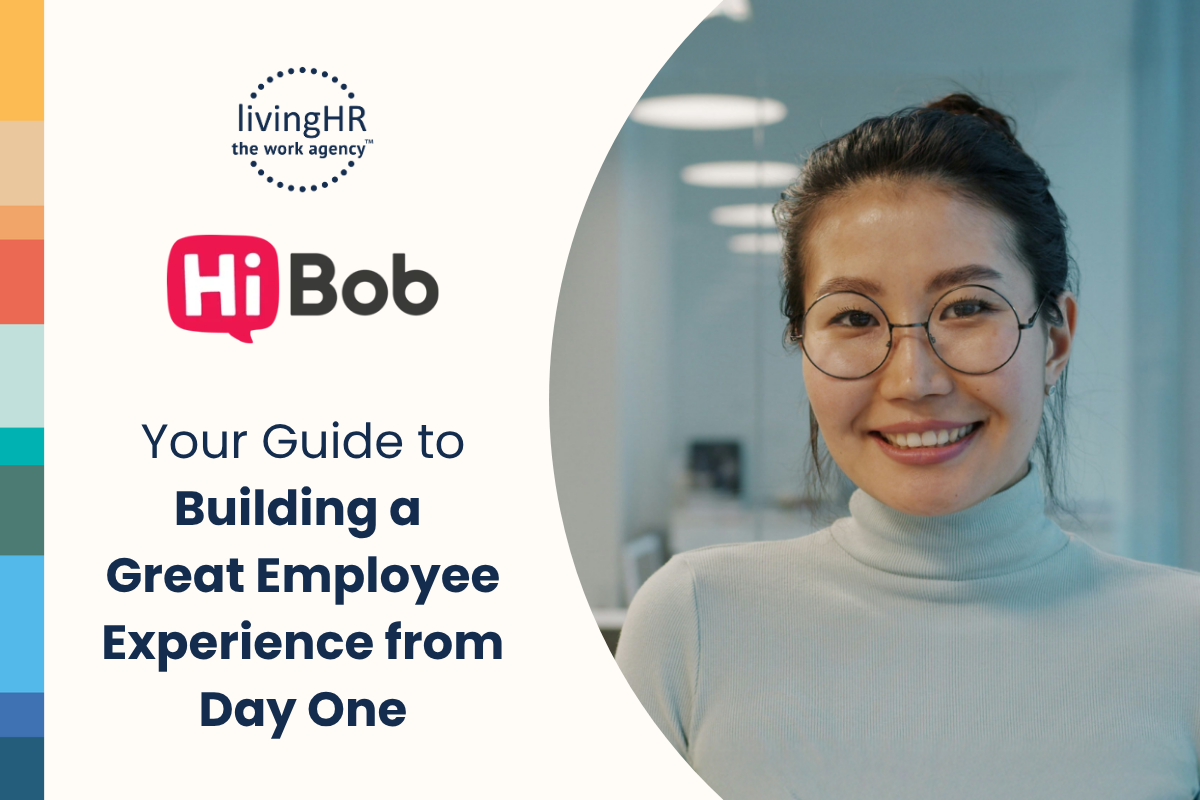In today’s workplace, employees are looking for more than just a paycheck. They’re looking for purpose, growth, and a sense of belonging. They want to know their employer is invested in their future, not just as a worker, but as a person. That’s why Learning and Development (L&D) is no longer a “nice to have.” It’s essential.
The most successful organizations aren’t just focused on attracting top talent; they’re focused on developing and keeping it. Strategic investment in L&D doesn't just sharpen skills; it strengthens culture, fuels engagement, and builds loyalty. Here’s why L&D is a critical driver of talent development and retention, and how leaders can embed it into the DNA of their business.
The Human-Centric Imperative of L&D
At its core, Learning and Development sends a clear message: We value you.
When employees are offered growth opportunities—whether through upskilling, mentorship, or personalized learning paths—they feel empowered. They begin to envision their future within the company, rather than outside of it. According to Gallup, employees who feel their organization is invested in their development are 59% less likely to seek employment elsewhere.
That sense of investment fosters purpose-driven engagement. When learning aligns with personal goals and values, employees become more connected, not just to their work, but to your mission. They stop “working a job” and start building a career with intention.
5 Ways L&D Fuels Talent Success and Retention
- It Enhances Skill Development in a Rapidly Changing World
Industries are evolving at lightning speed. From AI to hybrid work models, employees require ongoing support to remain relevant. Learning development programs equip your team with the tools to not only survive disruption but also lead through it.
Upskilling and reskilling are no longer optional. In fact, 75% of employees in a recent LinkedIn Learning report stated that they would stay longer at a company that offered them pathways to advance their careers. - It Boosts Employee Engagement
When people are learning, they tend to be more engaged. It’s that simple.
Learning and development opportunities serve as intrinsic motivators, demonstrating to employees that their growth is valued. According to Lattice, companies that invest in L&D as part of their employee engagement strategies see significantly higher performance and morale. - It Facilitates Career Progression and Internal Mobility
Employees want to see a future at your company, and L&D helps paint that picture.
Whether it’s through structured development programs, coaching, or career pathing, L&D builds the confidence and clarity people need to progress. It reduces dependency on external hires by creating a pipeline of internal talent ready to step up. And it shows loyalty to your people, which inspires it in return. - L&D Promotes a Culture of Continuous Improvement
Organizations that prioritize development and learning foster more innovation, cross-functional collaboration, and curiosity. When learning becomes a natural part of the workplace rhythm, teams adapt faster, share knowledge more freely, and contribute more holistically to the business. - L&D Improves Retention and Reduces Turnover Costs
L&D is one of the most powerful levers for retention. When employees feel they’re growing, they’re significantly less likely to leave. An internal study conducted by livingHR on humanized workplaces found that organizations with robust employee development programs had up to 40% lower turnover rates compared to their peers.
It’s also a financial win: replacing an employee can cost up to 1.5–2 times their salary, factoring in lost productivity, hiring, and onboarding.
Integrating L&D into Organizational Strategy
To maximize impact, L&D must be integrated into your overall business strategy, rather than being managed in isolation.
Align with business goals by identifying critical capabilities needed to meet strategic objectives. Engage leadership to champion development initiatives. Then, personalize the experience by using skills assessments, offering a mix of learning formats (self-paced, mentorship, and group), and tracking progress meaningfully.
This approach ensures learning is not only relevant but also resonant.
Want to see how a humanized approach to L&D can transform your organization? Download our L&D Lookbook to learn more about our strategy, approach, and success stories.
Measuring the Impact of L&D
The importance of learning and development is most evident when you measure what matters. Key performance indicators include:
- Retention rates
- Internal promotions and mobility
- Performance improvement post-training
Qualitative feedback is just as important. Consider using pulse surveys, post-training reflections, and learning experience NPS to fine-tune your offerings.
“You can’t improve what you don’t measure. When we started tracking skill growth alongside performance and retention, our business leaders became our biggest L&D advocates.”
- Megan Pierleoni, Sr. Manager, Client Experience at livingHR
In Conclusion
Learning and Development is not a perk; it’s a strategic necessity. From career growth opportunities to workplace learning culture, a well-executed L&D strategy enhances engagement, drives performance, and keeps your best people on board.
As leaders, it’s time to shift the narrative. L&D isn't just about training; it’s about trust, transformation, and investing in people as whole humans. Evaluate your current programs, align them with your broader strategy, and most importantly, lead with heart.





